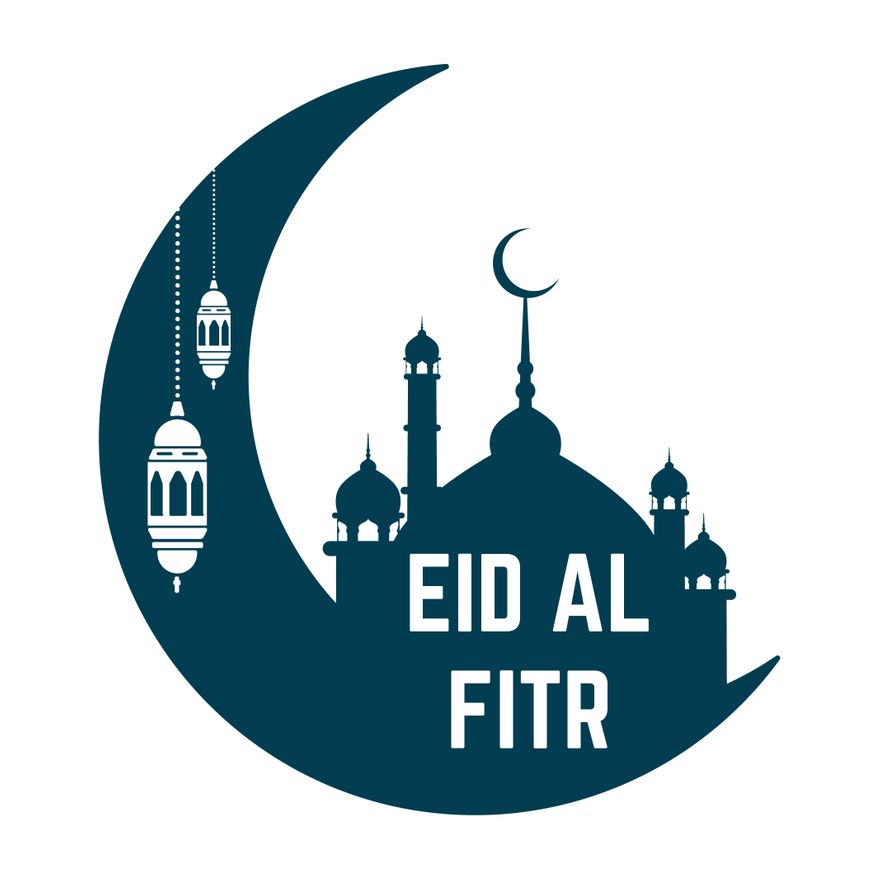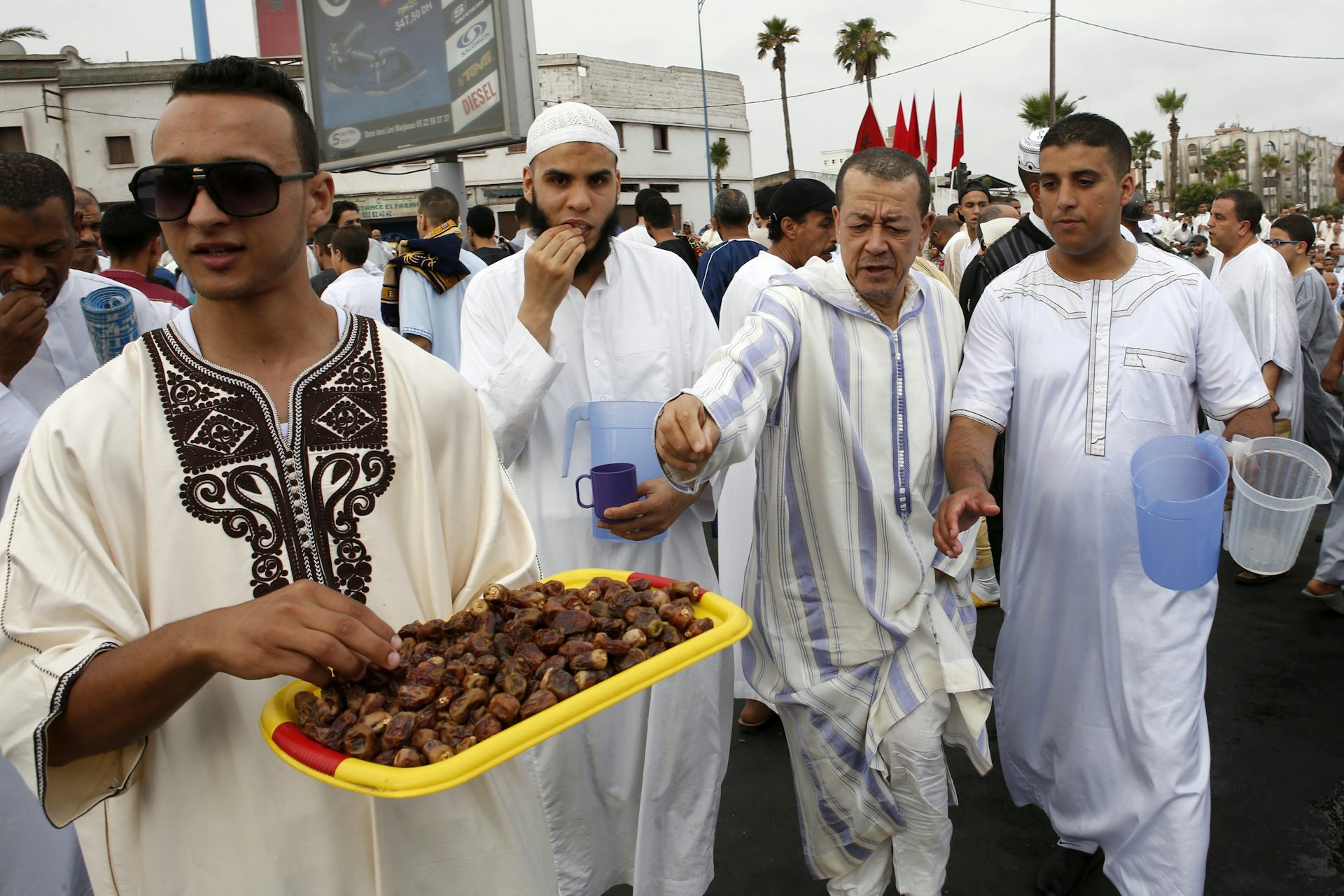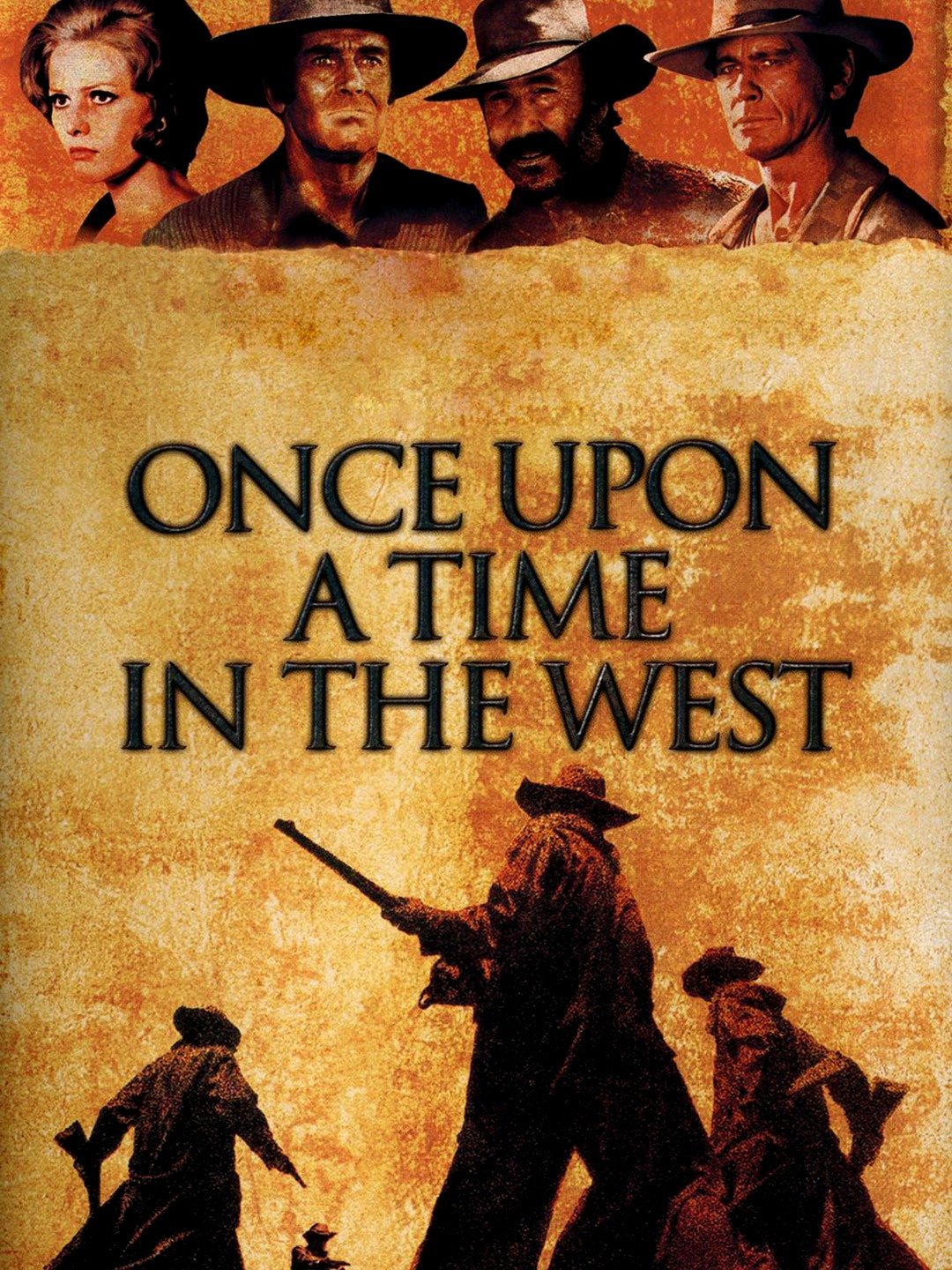Eid al-Fitr: Celebrating the End of Ramadan with Joy and Gratitude
Eid al-Fitr is one of the most significant festivals in the Islamic calendar, marking the end of Ramadan, a month of fasting, reflection, and prayer. This joyous occasion is celebrated by Muslims worldwide with enthusiasm and a sense of community. In this article, we will delve into the history, significance, and customs of Eid al-Fitr, offering a comprehensive understanding of this vibrant festival.
Key Takeaways
- Eid al-Fitr is celebrated at the end of Ramadan, the Islamic holy month of fasting.
- It is a time for communal prayers, feasting, and giving to charity.
- The festival promotes gratitude, forgiveness, and unity among Muslims.
- Customs vary across different cultures but generally include special prayers, festive meals, and exchanging gifts.
Understanding Eid al-Fitr

Eid al-Fitr, often referred to as the “Festival of Breaking the Fast,” is celebrated on the first day of Shawwal, the tenth month of the Islamic lunar calendar. The date of Eid al-Fitr varies each year, as it is determined by the sighting of the new moon. This festival is a celebration of the completion of Ramadan, a month dedicated to fasting, prayer, and reflection.
The Significance of Eid al-Fitr
Eid al-Fitr holds profound spiritual significance for Muslims. It is a time to express gratitude to Allah for the strength and patience granted during the month of Ramadan. The festival also serves as a reminder of the importance of community, charity, and compassion. During Eid al-Fitr, Muslims are encouraged to forgive past grievances and come together in unity and harmony.

Customs and Traditions
The customs and traditions of Eid al-Fitr can vary widely across different cultures and regions, but several common practices are observed by Muslims worldwide:
1. Special Prayers
The day begins with a special prayer service, known as the Eid prayer, held in mosques or open fields. This communal prayer is an opportunity for Muslims to gather and offer thanks to Allah. The sermon following the prayer often emphasizes themes of gratitude, forgiveness, and community.
2. Zakat al-Fitr
Before the Eid prayer, Muslims are required to give a charitable donation known as Zakat al-Fitr. This donation is intended to purify the fast and ensure that even the less fortunate can partake in the celebrations. It is typically given in the form of food or money to those in need.
3. Festive Meals
Eid al-Fitr is marked by lavish feasts and gatherings with family and friends. Traditional dishes vary by region but often include sweets and desserts, symbolizing the joy and sweetness of the occasion. Sharing meals with loved ones reinforces the sense of community and togetherness.

4. Exchanging Gifts
Exchanging gifts is a common practice during Eid al-Fitr, especially among children. This tradition fosters a spirit of generosity and joy. New clothes are often worn to mark the occasion, symbolizing renewal and purity.
5. Visiting Friends and Family
Visiting friends and family is an integral part of the Eid al-Fitr celebrations. These visits strengthen familial bonds and provide an opportunity to express gratitude and love. It is also common to visit the graves of deceased relatives to pray for their souls.
The Global Celebration of Eid al-Fitr
Eid al-Fitr is celebrated by Muslims in diverse ways across the globe, reflecting the rich tapestry of cultures within the Islamic world. Here are some notable examples:
The Middle East
In the Middle East, Eid al-Fitr is a public holiday, with cities adorned in festive lights and decorations. Families gather for large meals, and children receive Eidi, a monetary gift from elders. Traditional sweets such as baklava and ma’amoul are popular treats during this time.
South Asia
In countries like Pakistan and India, Eid al-Fitr is celebrated with vibrant markets and fairs. People dress in colorful attire, and the aroma of biryani and kebabs fills the air. Henna designs are often applied to hands, adding to the festive spirit.
Southeast Asia
In Malaysia and Indonesia, Eid al-Fitr, known as Hari Raya Aidilfitri, is marked by open houses where families invite friends and neighbors to share in the celebrations. Traditional dishes such as rendang and ketupat are served, and the emphasis is on forgiveness and reconciliation.
Africa
In African countries like Nigeria and Egypt, the festival is celebrated with music, dance, and communal prayers. Traditional garments, such as the boubou in West Africa, are worn, and the celebrations often extend over several days.
The Spirit of Eid al-Fitr
At its core, Eid al-Fitr is a celebration of faith, gratitude, and community. It is a time for Muslims to reflect on their spiritual journey during Ramadan and to carry forward the lessons of compassion, empathy, and generosity. The festival serves as a reminder of the shared values that unite Muslims worldwide, transcending cultural and geographical boundaries.

Eid al-Fitr is a joyous occasion that brings Muslims together in celebration and reflection. It is a time to express gratitude, strengthen bonds, and embrace the spirit of giving. As Muslims around the world come together to mark this special day, the essence of Eid al-Fitr—unity, compassion, and joy—resonates deeply, reminding us of the beauty of shared traditions and the power of community.



